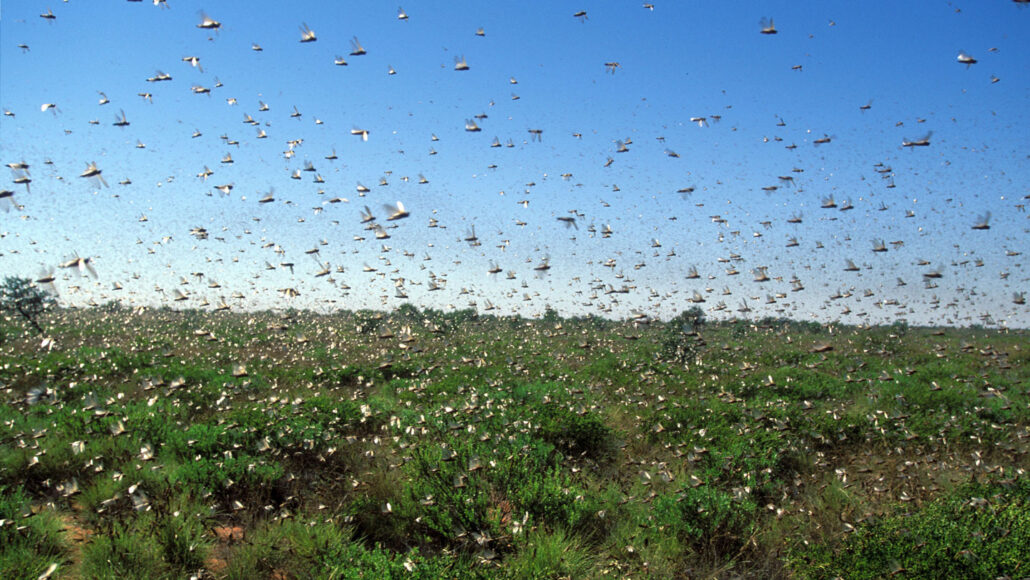Questions for ‘Insect swarms might electrify the air as much as storm clouds do’

Large locust swarms, like the one pictured here, might be able to produce as much electricity as a storm cloud.
John Carnemolla/Getty

Large locust swarms, like the one pictured here, might be able to produce as much electricity as a storm cloud.
John Carnemolla/Getty